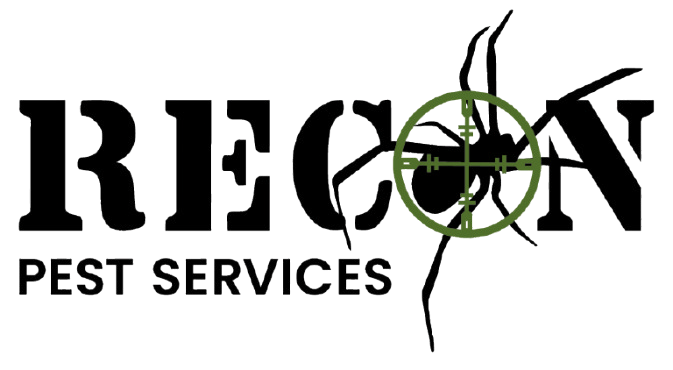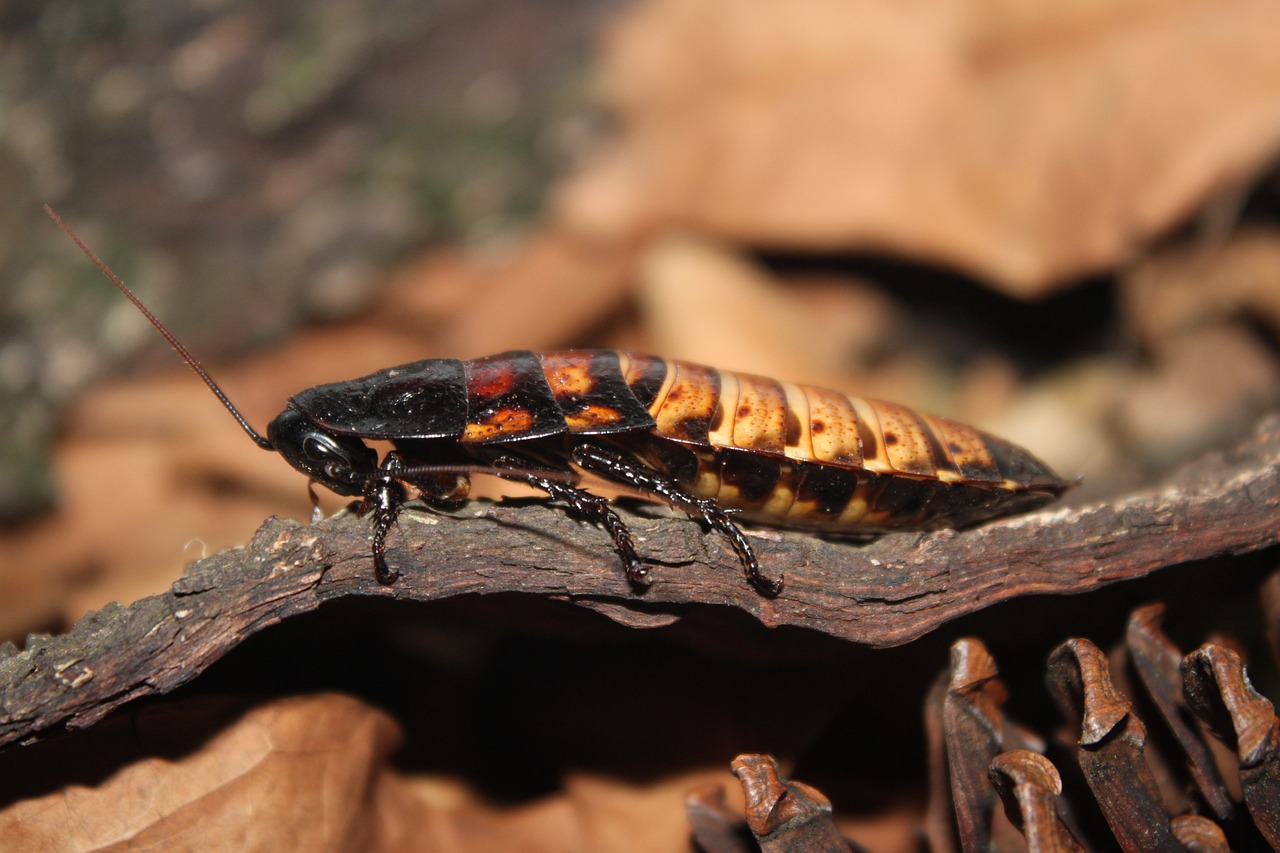Table of Contents
Cockroaches are fascinating creatures, but they’re also pretty darn gross for most people. Like with many other bugs, they molt their exoskeleton and replace it with a new one as they develop into mature, adult roaches. While this might make you wonder what kind of coming-of-age adventures these roaches must go on to earn their adult exoskeletons, we at RECON Pest Services couldn’t really tell you. However, we can tell you about how molting works, the residue it leaves behind, and why it happens.
So, for the morbidly curious or the homeowner who wants to figure out what kind of bug is leaving their shells in their pantry, read on to learn more about these nasty critters.
If you’re an Omaha or Lincoln homeowner, you’ve probably run into issues with roaches before. RECON Pest Services can help you deal with an infestation, molted or unmolted. Contact us today for a free consultation, and start living exoskeleton free today.
Understanding cockroach molting
Molting is a vital part of a cockroach’s growth and development. As a cockroach grows, its exoskeleton becomes rigid and hinders further growth. To accommodate their increasing size, cockroaches must molt. During this process, the old exoskeleton splits open, and the cockroach emerges with a soft, pliable new exoskeleton. This new exoskeleton quickly hardens and provides protection for the growing cockroach. Gross, but also beautiful in a weird kind of way.
Why do cockroaches molt?
Cockroaches molt for several reasons. Firstly, molting allows them to grow. By shedding their old exoskeleton, cockroaches can accommodate their increasing size and continue to thrive. Secondly, molting enables cockroaches to repair any damage or injuries they may have taken on in their time scavenging in your uncleaned gutters. The process of shedding helps them regenerate lost limbs or repair damaged ones. Finally, molting is essential for the reproduction of cockroaches. Female cockroaches need to molt in order to lay eggs, as their reproductive organs are located inside their exoskeleton.
Stages of cockroach molting
Still reading? Okay, let’s really get into the weeds here. The first stage is known as the pre-molt stage. During this stage, the cockroach prepares for molting by absorbing water and nutrients to aid in the formation of the new exoskeleton (this is part of the reason why roaches love moisture and will seek out leaky pipes in homes. The next stage is the ecdysis stage, where the actual shedding of the old exoskeleton occurs. The cockroach will find a safe spot to molt, and the exoskeleton splits open, allowing the cockroach to emerge. The final stage is the post-molt stage, where the new exoskeleton hardens, and the cockroach resumes normal activities. It’s like a butterfly, but worse.
Signs that a cockroach is about to molt
There are several signs that indicate a cockroach is about to molt. One common sign is a change in behavior. Cockroaches may become more sluggish or less active leading up to the molting process. Another sign is a change in color. Cockroaches may appear lighter or more translucent as they prepare to molt. Additionally, cockroaches may seek out dark and secluded areas as they feel vulnerable during the molting process.
Molting complications and challenges
While molting is a natural and necessary process for cockroaches, it can sometimes be fraught with complications and challenges. One common issue is getting stuck in the old exoskeleton. If the cockroach does not shed its exoskeleton completely, it can become trapped and unable to escape. This can lead to deformities or even death. Another challenge is vulnerability to predators. During the molting process, cockroaches are at their most vulnerable, as their new exoskeleton has not yet hardened. Predators such as birds and other insects may take advantage of this weakness.
Interesting facts about cockroach molting
Did you know that cockroaches can molt up to twelve times in their lifetime? Each molt brings them closer to adulthood and allows them to reach their full size. Additionally, cockroaches are incredibly adaptable creatures. They can adjust the timing of their molting process depending on environmental conditions, such as temperature and food availability. This adaptability has contributed to their success as a species.
Cockroach pest control
While their biological functions warrant respect and interest, they are also unwelcome pests in many homes. If you are dealing with a cockroach infestation, it is essential to take appropriate pest control measures. Cockroaches can carry diseases and contaminate food, posing a risk to human health. Hiring a professional pest control service, such as RECON Pest Services, can help you eliminate cockroaches from your home and prevent future infestations.
The Cockroach Conclusion (of this article)
Cockroach molting is a natural and essential process that allows these creatures to grow, repair, and reproduce. Understanding the stages and significance of molting provides insight into the fascinating world of cockroaches. While they may be pests in our homes, cockroaches are remarkable survivors.
However, as our job is to be Omaha’s top pest control agency, we really don’t like cockroaches. We can prove it to you by exterminating all of the ones hiding in your home or business, too! RECON Pest Services is here to help you keep cockroaches out of your home year round. Contact us today for a free quote!






